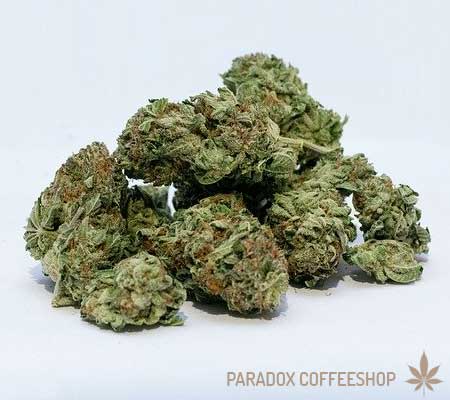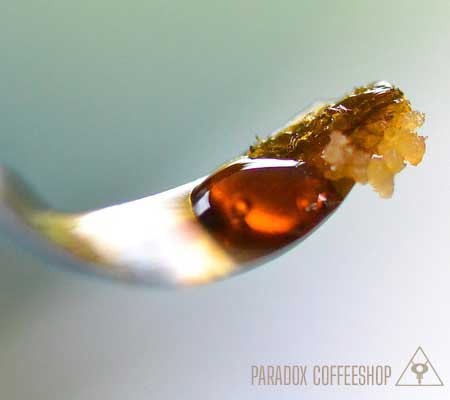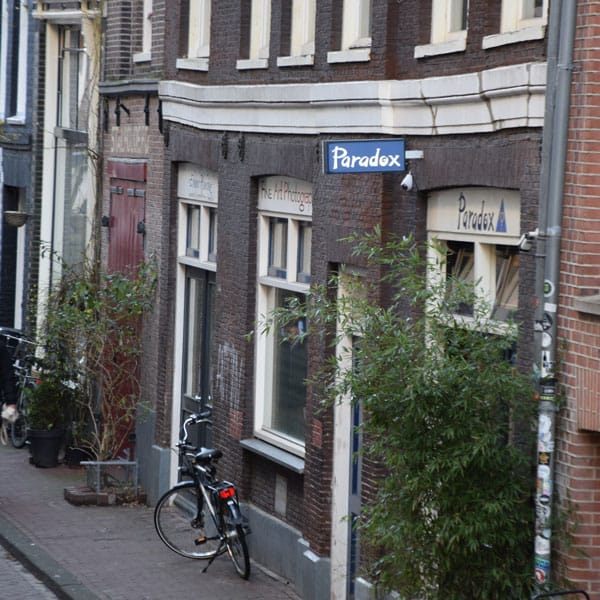A short guide to everything you wanted to know about cannabis, and maybe some things you didn’t know!
What Is The Difference Between Marijuana and Hashish?
WHAT IS MARIJUANA?
Marijuana is the plant material derived from the dried leaves, flowers, seeds, and stems of the cannabis plant. Commonly called pot, weed, Mary Jane, reefer, grass, bud, ganja, and skunk, marijuana is usually greenish or slightly gray in color. There are over 500 active chemicals in marijuana and more than 100 cannabinoids (chemicals similar to THC). Cultivators of marijuana are breeding cannabis plants to come up with new strains of the drug that are reported to have variable effects, tastes and with ranges of potency and levels of THC.

WHERE DOES CANNABIS COME FROM?
Recent DNA analysis has given us a clearer picture of cannabis’ specific origins, but much of it remains a mystery. Scientists are fairly certain the first cannabis plants originated in the Hindu Kush mountain region of Pakistan shortly after the Pleistocene Epoch began, 2.3 million years ago. What followed was the first major split for the genus. Small pockets of the plant would find themselves around Southwestern Asia and evolved into cannabis indica, another variety would spread around what is now the Balkans and Caucasus Mountains becoming cannabis sativa, and the third grew wildly throughout Siberia, settling in the oft-forgotten species cannabis ruderalis. Certain strains of cannabis sativa would eventually become the hemp we know today. Assisted by humans, cannabis has spread to almost every corner of the planet, resulting in a huge range of appearances, growing patterns, medicinal effects and aromas.
According to the World Health Organization (WHO), cannabis is “The most commonly abused, trafficked, and cultivated illicit drug in the world. Both marijuana and hashish are derived from the Cannabis sativa or Cannabis indica (or a hybrid) plant. There are many different strains of the cannabis plant. Cannabis contains THC (delta-9-tetrahydrocannabinol), which has mind-altering properties and interacts with cannabinoid receptors in the brain.
WHAT IS HASHISH AND HOW IS IT MADE?
Hashish consists of the plant’s trichomes, the crystal-like droplets that cover the leaves and flower buds. They are what produces the cannabinoids and terpenes in each strain. When these glands are separated from the rest of the plant and collected, they are called kief. Kief is then processed into hashish. That means hash is the original cannabis concentrate. Hashish may be solid or resinous depending on both preparation and room temperature; pressed hashish is usually solid, whereas water-purified hashish often called “bubble hash” is often a paste-like substance with varying hardness and pliability; its color, most commonly light to dark brown, can vary from transparent to yellow, tan, or black.

According to the World Health Organization (WHO) Several studies have demonstrated the therapeutic effects of cannabinoids for nausea and vomiting in the advanced stages of illnesses such as cancer and AIDS. Dronabinol (tetrahydrocannabinol) has been available by prescription for more than a decade in the USA. Other therapeutic uses of cannabinoids are being demonstrated by controlled studies, including treatment of asthma and glaucoma, as an antidepressant, appetite stimulant, anticonvulsant and anti-spasmodic















